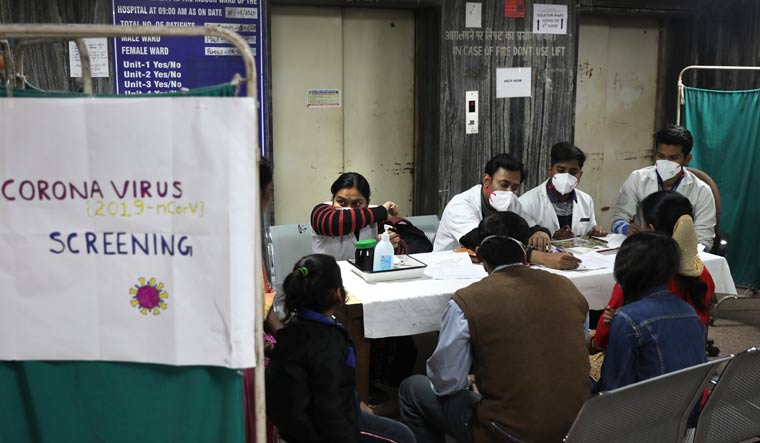India & World UpdatesHappeningsBreaking News
6 different types of COVID-19 infection identified by Symptom Tracker App

July 18: Analysis of data from the COVID Symptom Study app, led by researchers from King’s College London, reveals that there are six distinct ‘types’ of COVID-19, each distinguished by a particular cluster of symptoms. The findings could help doctors to predict which COVID-19 patients are most at risk and likely to need hospital care in future waves of the epidemic.
Although continuous cough, fever and loss of smell (anosmia) are usually highlighted as the three key symptoms of COVID-19, data gathered from app users shows that people can experience a wide range of different symptoms including headaches, muscle pains, fatigue, diarrhea, confusion, loss of appetite, shortness of breath and more. The progression and outcomes also vary significantly between people, ranging from mild flu-like symptoms or a simple rash to severe or fatal disease.
The analysis revealed six specific groupings of symptoms emerging at characteristic time points in the progression of the illness, representing six distinct ‘types’ of COVID-19. The six clusters are:
1 ‘Flu-like’ with no fever: Headache, loss of smell, muscle pains, cough, sore throat, chest pain, no fever.
2 ‘Flu-like’ with fever: Headache, loss of smell, cough, sore throat, hoarseness, fever, loss of appetite.
3 Gastrointestinal: Headache, loss of smell, loss of appetite, diarrhoea, sore throat, chest pain, no cough.
4 Severe level one, fatigue: Headache, loss of smell, cough, fever, hoarseness, chest pain, fatigue.
5 Severe level two, confusion: Headache, loss of smell, loss of appetite, cough, fever, hoarseness, sore throat, chest pain, fatigue, confusion, muscle pain.
6 Severe level three, abdominal and respiratory: Headache, loss of smell, loss of appetite, cough, fever, hoarseness, sore throat, chest pain, fatigue, confusion, muscle pain, shortness of breath, diarrhoea, abdominal pain.
Broadly, people with cluster 4,5 or 6 COVID-19 symptoms tended to be older and frailer, and were more likely to be overweight and have pre-existing conditions such as diabetes or lung disease than those with type 1,2 or 3. Patients with level 4,5 and 6 types were more likely to be admitted to hospital and more likely to need respiratory support, the researchers said.





